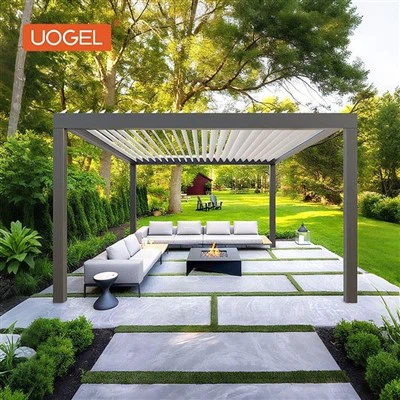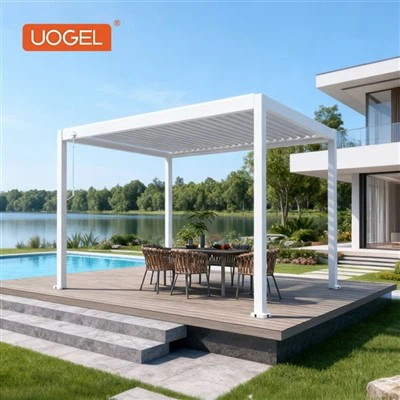Steel structure:
Features: Steel is strong, has good compression, tension and bending resistance, high strength, strong deformation ability and good processing performance.
Application: It is widely used in modern pavilions and corridors, especially in pavilions that require large spans and complex shapes, where steel structures have significant advantages.
Wood structure:
Features: Wood is light in weight, easy to process, green and environmentally friendly, and has good tensile and bending resistance (especially modern engineering wood).
Application: Wooden pavilions are more common in Chinese classical gardens, and are often combined with steel structures in modern designs to form a unique style.
Masonry structure and concrete structure:
Features: These two structures have high strength and stability, but the shape is relatively simple and not as flexible as steel and wood structures.
Application: It is not common in modern pavilion design, but it still has certain applications in some places that require long-term durability and stability (such as parks, squares, etc.). Membrane structure:
Features: Membrane structure is a relatively new form of building structure. It is composed of high-strength flexible film materials and a supporting system to form a stable curved surface with a certain rigidity, which can withstand a certain external load.
Application: In pavilion design, membrane structure is often used to create a light and transparent visual effect, while having good sunshade and rain protection functions.
Other structures:
In addition to the common structural types mentioned above, there are also some special structural forms, such as bamboo structure, thatched structure, etc. These structural forms usually have unique national style and local characteristics.






